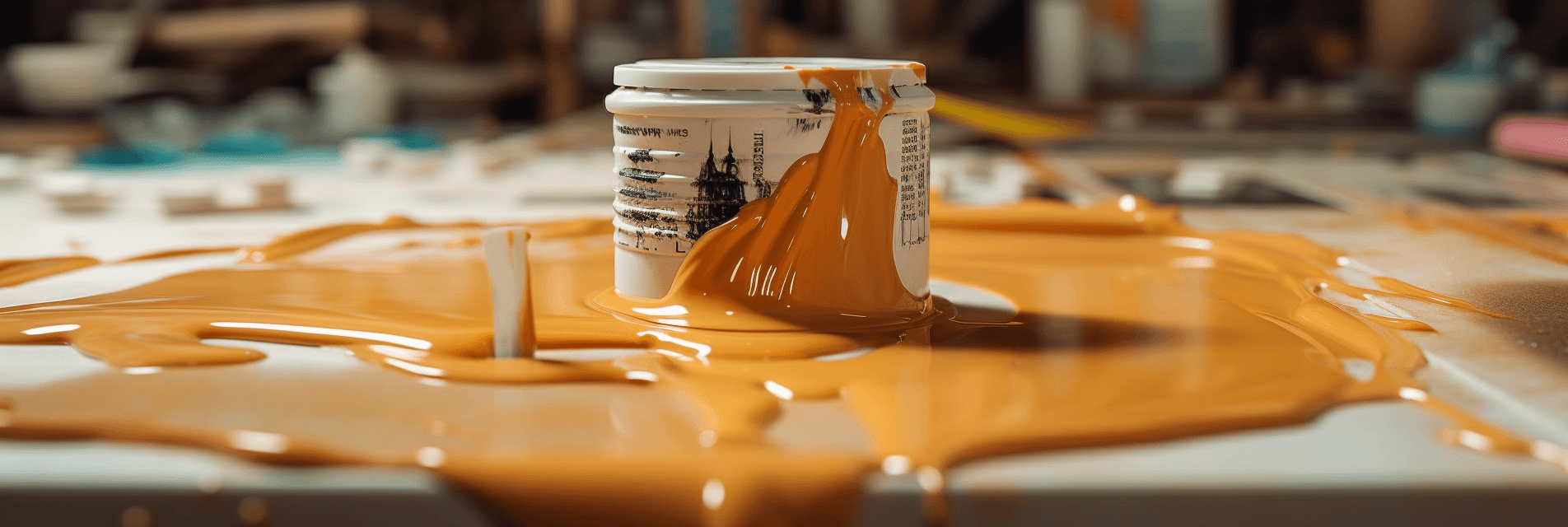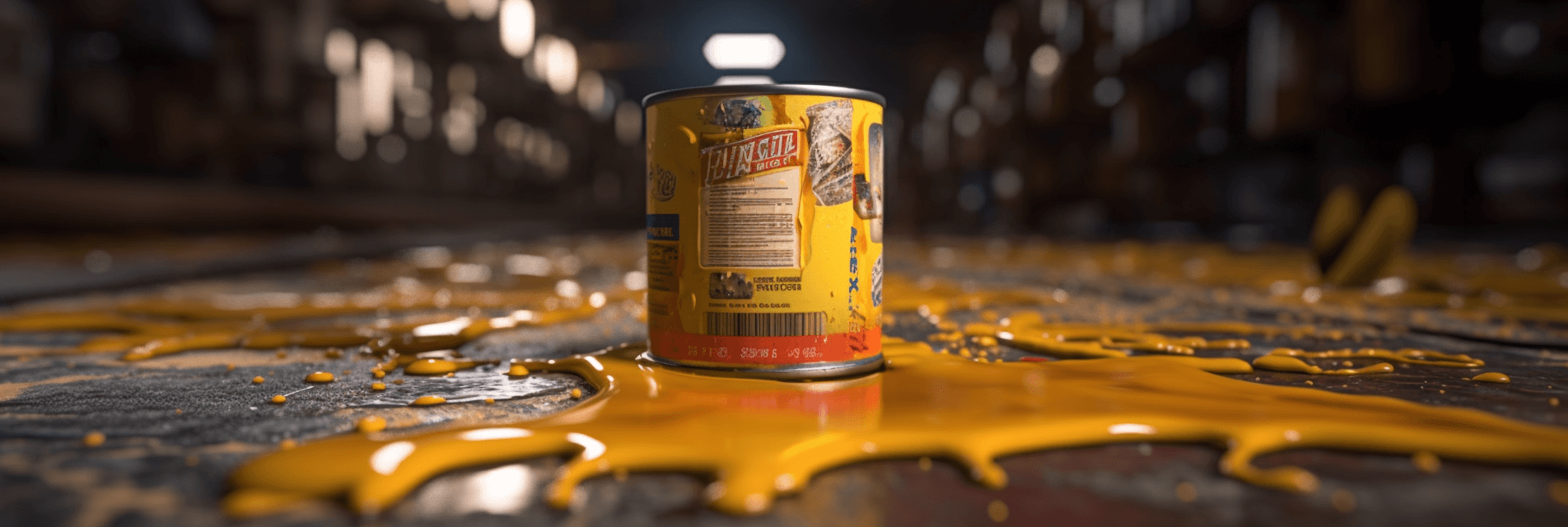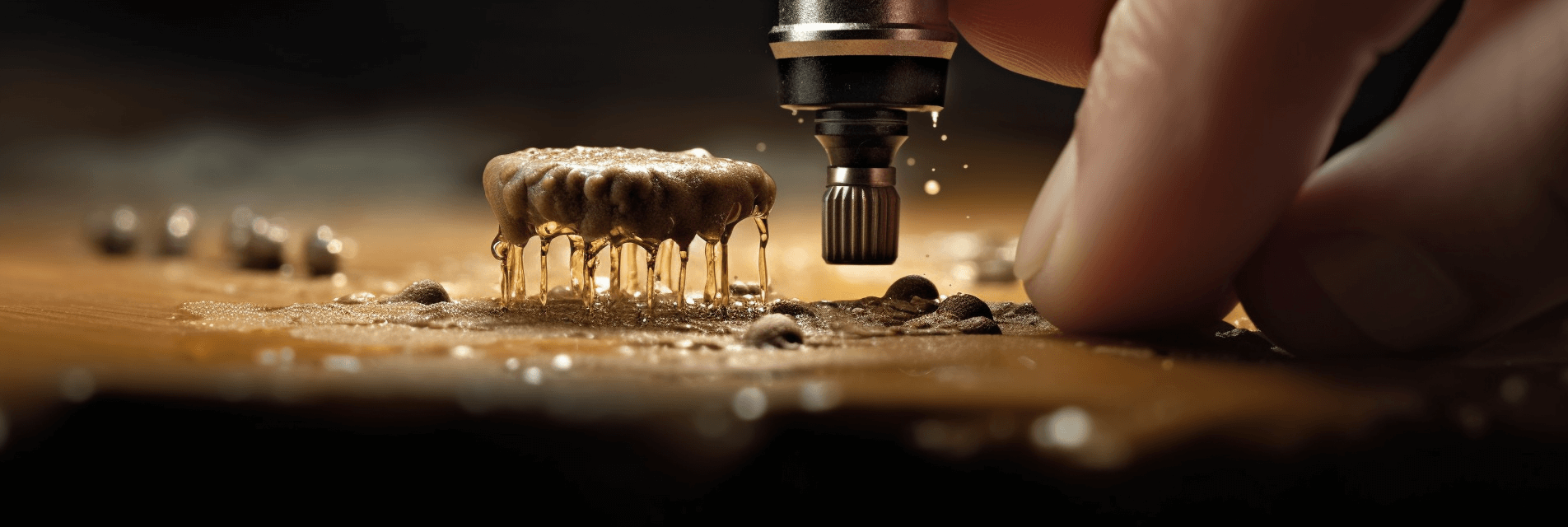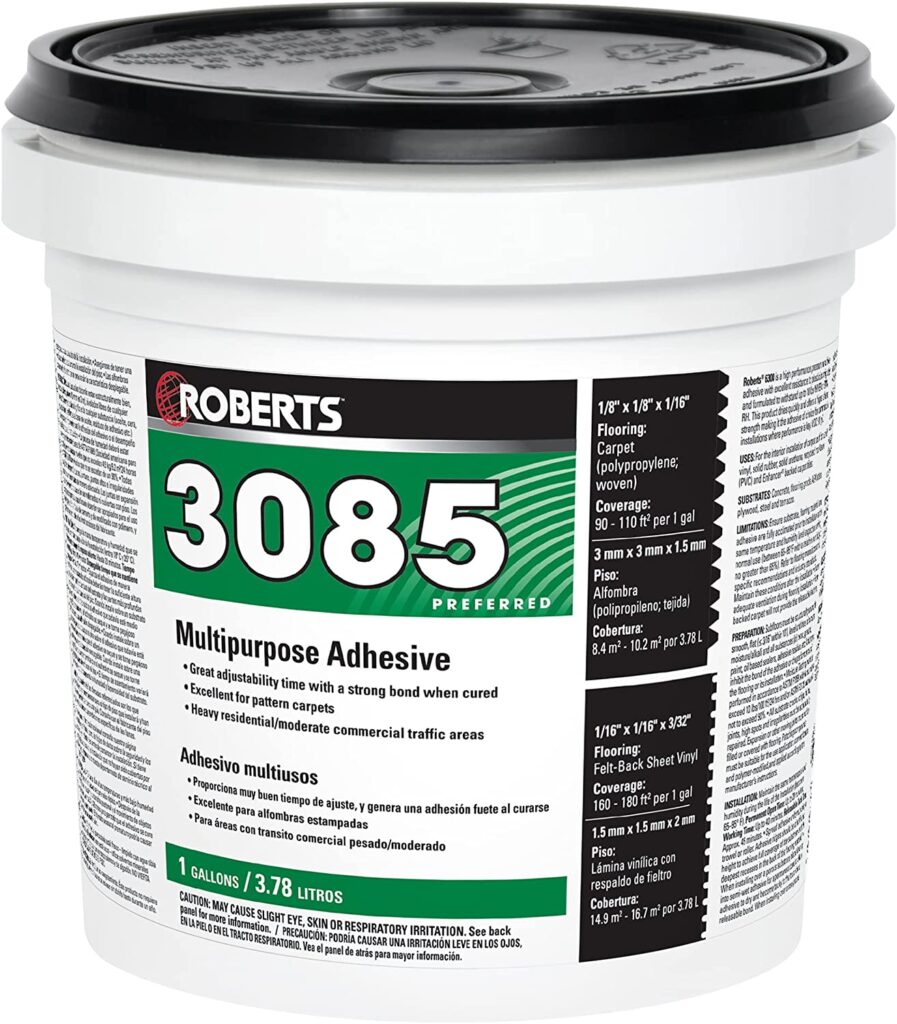
Why Rug Tufting Glue Matters More Than You Think
If you’ve ever admired a gorgeous handmade rug, chances are you focused on the pattern, colors, or texture — but let me tell you, the unsung hero behind every masterpiece is rug tufting glue. As a tufter and artist, I’ve learned firsthand that the right glue doesn’t just hold fibers in place; it transforms fragile art into a durable piece of everyday magic.
When I first stepped into the world of tufting, I thought the thrill was all about the tufting gun — watching yarn shoot into fabric at lightning speed felt like superhero work. But no one warned me: it’s the glue stage that makes or breaks the whole project. Too much glue? You get a stiff, crunchy rug. Too little? Prepare for a shedding disaster. Mastering glue is the secret sauce of successful rug tufting.
Tufting the article:

Roberts 3095-1 Carpet Adhesive

Tufting the article
- Understanding Rug Tufting Glue: Types and What They Do
- Common Mistakes with Tufting Glue (and How to Avoid Them)
- Step-by-Step Guide: How to Apply Rug Tufting Glue Like a Pro
- Choosing the Right Glue for Your Tufting Project
- Pro Tips for Perfect Results (From Personal Experience)
- Drying, Backing, and Finishing: Completing Your Masterpiece
- Final Thoughts: Mastering the Glue Stage for Lasting Rugs
- Popular Tufting Glue Brands
- FAQ
Understanding Rug Tufting Glue: Types and What They Do
Let’s start with the basics. There’s no one-size-fits-all when it comes to glue for rug tufting, and picking the right adhesive can be overwhelming. Here’s a breakdown of the most common options:
✅ Latex Glue for Tufting
Latex glue is the darling of tufters worldwide. It’s flexible, strong, and perfect for locking fibers in place. When dry, it stays soft enough for rugs to bend and flex, unlike some carpet adhesives that turn rock-hard. You’ll often see it sold as tufting glue, latex glue for tufting, or carpet glue for rug tufting.
✅ Carpet Adhesive for Tufting
While some makers opt for general carpet adhesive for tufting, not all carpet glues are created equal. Look for ones that dry flexible, not brittle. Industrial carpet glues can be overly stiff and best suited for commercial installs, not delicate handmade rugs.
✅ Specialized Rug Tufting Glues
These products, like tufting rug glue or adhesive for rug tufting, are designed specifically for craft projects. They often combine strength with flexibility, providing the perfect middle ground.
✅ Alternatives (Proceed With Caution)
Some beginners experiment with wood glue, PVA, or fabric glue. My advice? Skip them. They’re usually too brittle or weak and can compromise your work.
Knowing your glue options is step one. But how you apply them is just as important.
Common Mistakes with Tufting Glue (and How to Avoid Them)
Let me take you back to my early days: picture me finishing a rug, spreading on glue like I’m icing a cake, feeling super proud — and then waking up to a rug as stiff as a tortilla. Worse, the glue seeped through to the front and crusted the beautiful pile. Heartbreaking.
Here are some common mistakes I’ve learned (the hard way):
- Too much glue → stiff, crusty rug
- Too little glue → fibers pull out, rug sheds like crazy
- Uneven application → lumpy backing, poor durability
- Not waiting long enough to dry → sticky backing disaster
- No ventilation → hello, “aromatic” studio for days
The key is to aim for balance and patience. Apply just enough glue to coat the base of the fibers, spread it evenly, and let it fully dry — even if you’re tempted to rush.

Step-by-Step Guide: How to Apply Rug Tufting Glue Like a Pro
Let’s break this down:
1. Prepare your workspace
Protect your floor or table with plastic sheeting. Glue on the floor = bad day.
2. Choose the right glue
Whether you’re using best glue for tufting, rug tufting backing glue, or tufting carpet adhesive, make sure it’s designed for rugs and dries flexible.
3. Apply evenly
Use a glue spreader or brush — never just pour it on. Work in sections, smoothing the adhesive into the backing fabric so it penetrates the base without drowning the fibers.
4. Watch your thickness
Aim for an even coat — not puddles, not dry patches. This is the trick to avoiding stiff or bald spots.
5. Let it dry completely
This is the hardest part. I’ve made the mistake of rushing into trimming or backing too soon, only to end up with sticky fingers and a rug that traps dust. Give it 24–48 hours to cure, depending on humidity.
6. Add your backing
Once dry, apply your tufting backing glue or attach your backing fabric for that polished finish.
Choosing the Right Glue for Your Tufting Project
The “best glue for rug tufting” isn’t one-size-fits-all. Consider:
- Project size: Small wall hangings need less heavy-duty adhesive than a living room rug.
- Foot traffic: Rugs for high-traffic areas need stronger glue.
- Material: Some adhesives work better with natural fibers; others are optimized for synthetics.
- Budget: While it’s tempting to go cheap, investing in the best tufting glue pays off in durability.
Before you tackle your main piece, test on a scrap. This saved me more times than I can count — different glues behave differently!
Pro Tips for Perfect Results (From Personal Experience)
Here’s where experience really shines:
- Work in sections. I never try to coat a giant rug at once — it’s a recipe for uneven drying.
- Use the right tools. Spreaders, brushes, or even gloved hands work better than pouring.
- Practice patience. Drying times are no joke.
- Ventilate! Trust me, you don’t want to marinate in carpet adhesive fumes for days.
- Respect the glue. I used to see glue as just the boring last step — now I see it as the transformation moment, when a delicate piece becomes something ready for real life.
The more you glue, the better you’ll understand its personality. And yes, it has one.
Drying, Backing, and Finishing: Completing Your Masterpiece
After applying glue for rug tufting, the next steps seal the deal:
- Dry fully — resist the urge to speed this up with a fan or heater (which can cause cracking).
- Attach the backing — whether it’s felt, canvas, or non-slip material, use a compatible rug tufting backing glue.
- Trim and clean — once everything’s set, trim stray yarns and give the surface a gentle clean.
- Admire your work — step back and appreciate how you turned yarn and glue into functional art.
For me, this is the moment I love the most — the point when the rug is no longer “fragile art” but a ready-to-live-with masterpiece. It’s when you know your rug will survive kids, pets, dancing feet, and all the beauty of real life.

Final Thoughts: Mastering the Glue Stage for Lasting Rugs
Here’s my best advice: respect the glue stage. It’s messy, it’s smelly, it takes patience — but it’s also where your rug becomes real.
Learn to balance strength with softness. Experiment with different adhesives. Embrace mistakes — I’ve made plenty, from crunchy rugs to sticky disasters, and they’ve all taught me something.
When you get it right, glue transforms your tufted work from playful experiment to durable, lasting art. So next time you pick up your tufting gun glue and reach for your rug tufting glue, remember: this is where the magic happens.

ROBERTS 3085-1 Multipurpose Carpet Tufting glue

Popular Tufting Glue Brands
When it comes to choosing the perfect tufting glue, several brands have gained popularity among tufting enthusiasts for their exceptional features and performance. Let’s take a closer look at some of the top brands in the market and what sets them apart.
ROBERTS: Features, benefits, and user reviews
ROBERTS is a well-known name in the world of adhesives, and their tufting glue offerings live up to the brand’s reputation. Known for their high-quality products, ROBERTS provides a range of tufting glues that offer excellent adhesive strength, fast drying times, and compatibility with various materials. Their glues are specially formulated to withstand the demands of tufting projects, ensuring long-lasting results. Users appreciate the reliability and versatility of ROBERTS tufting glues, often praising their ease of use and ability to create strong bonds.
Henry: Standout qualities and customer feedback
Henry is another reputable brand that offers a selection of tufting glues known for their standout qualities. Henry’s tufting glues are designed to provide exceptional bonding strength while maintaining flexibility, making them ideal for upholstery and textile projects. These glues are often praised for their ease of application and ability to create secure bonds on various fabric types. Customer feedback highlights Henry’s reliability and the longevity of their adhesive properties, making it a popular choice among tufting enthusiasts.
Aleene’s: Unique offerings and why it’s worth considering
Aleene’s is a brand that stands out in the world of crafting adhesives, and their tufting glues are no exception. What sets Aleene’s apart is their commitment to innovation and versatility. Aleene’s offers tufting glues with unique features such as adjustable drying times, allowing crafters to control the working window and perfect their tufting techniques. Their glues are often praised for their strong bonds, low odor, and easy clean-up. For those seeking a reliable and user-friendly tufting glue, Aleene’s is definitely worth considering.

Roberts 3095-1 Carpet Adhesive

FAQ
⭐ What’s the best Roberts 3095 alternative?
Great question — you’re clearly doing your homework!
Roberts 3095 Carpet Adhesive is a go-to for many tufters because it’s strong, flexible, and made for heavy traffic areas. But hey, sometimes you need an alternative — maybe it’s out of stock, or you’re just curious to explore.
Here are some top alternatives I recommend as a pro tufter:
✅ Ardex AF 325 Latex Adhesive — flexible, tufting-friendly, and excellent hold. It’s a solid European favorite.
✅ Henry 356 MultiPro Carpet Adhesive — known for its versatility and smooth spreadability, great for both residential and commercial rugs.
✅ TEC Multi-Purpose Carpet Adhesive — another winner with a strong, flexible bond that works beautifully on tufted rugs.
✅ Mapei Ultrabond ECO 185 — eco-friendly, strong adhesion, low odor — a dream combo if you’re sensitive to fumes.
👉 Pro tip: Always check the label for “latex-based” or “carpet adhesive” and test on a small sample before diving into your masterpiece. Each glue has its own personality (and drying time), so don’t skip the testing stage!
⭐ What glue do I use for rug tufting?
Ah, the golden question!
For rug tufting, your best bet is latex-based tufting glue or carpet adhesive designed specifically for tufting projects. These glues are flexible when dry, strong enough to lock your yarn in place, and made to handle the bending, flexing, and foot traffic your rug will face.
Personally, I always recommend:
✅ Liquid latex (a tufter’s best friend)
✅ Specialized tufting glue (like the ones from Tuft the World or Tufting Nation)
✅ Flexible carpet adhesive (check the label — not all carpet glues are tufting-friendly!)
Avoid anything that dries rock-hard — you want your rug to stay soft and comfy, not feel like a floor tile.
⭐ What is an alternative to tufting glue?
Okay, real talk: while I always advise using proper tufting glue, there are some alternatives if you’re in a pinch — but they come with warnings.
Some tufters have used:
- PVA glue (white glue) — works in small, decorative pieces, but it’s brittle and can crack over time.
- Acrylic-based glues — flexible, but you need to test it first.
- Latex caulking (clear or white) — surprisingly decent in small projects, but not made for full rugs.
Here’s the catch: alternatives usually don’t match the durability of latex tufting glue. So if you want your rug to survive pets, kids, and dance parties, stick to the good stuff.
⭐ Can you use Elmer’s glue for rug tufting?
Ah, Elmer’s — the childhood favorite!
Look, I get the temptation — it’s cheap, easy to find, and sitting in your craft drawer right now. But NO, I don’t recommend using Elmer’s for rug tufting.
Here’s why:
- Elmer’s (aka PVA glue) dries hard and brittle.
- It doesn’t handle flexing or foot traffic well.
- Over time, it can crack or lose hold — and nobody wants a rug that sheds like a golden retriever in summer.
If you’re making a small wall piece that’ll never get touched, maybe. But for anything functional? Skip Elmer’s and go latex or tufting-specific.
⭐ What is the best adhesive for rugs?
The crown goes to: latex-based carpet adhesive or professional tufting glue.
These products check all the right boxes:
✅ Flexibility when dry
✅ Excellent grip on yarn fibers
✅ Compatibility with backing materials
✅ Long-lasting durability
If you want brand names, check out:
- Tuft the World Rug Backing Adhesive
- Roberts 3095 Carpet Adhesive
- Ardex AF 325 Latex Adhesive
Trust me, using the right adhesive makes all the difference — it’s the secret to turning a cool rug into a lifelong masterpiece.
⭐ Can I use Gorilla Glue instead of carpet glue?
Okay, buckle up: NO, NO, NO — please don’t!
Gorilla Glue is amazing… for wood, ceramics, and fixing your busted sandals. But for tufting rugs? Total disaster.
Here’s why:
- It expands as it dries (yep, like foam) → you’ll end up with a lumpy, weird rug.
- It dries rock-hard → goodbye, soft and flexible feel.
- It’s not made for textiles → poor adhesion to yarn and fabric.
So, while it’s a beast on DIY projects, Gorilla Glue and your tufting project are just not a match. Stick with latex glue for tufting or tufting rug adhesives — your rugs (and your sanity) will thank you.
💬 Final Thought (Tufter-to-Tufter)
Look, I’ve made all the mistakes — stiff rugs, shedding disasters, sticky fingers — but once you respect the glue game, your work will level up big time.
So choose your adhesive wisely, test it on scraps, and remember:
A good rug is built on good glue.
